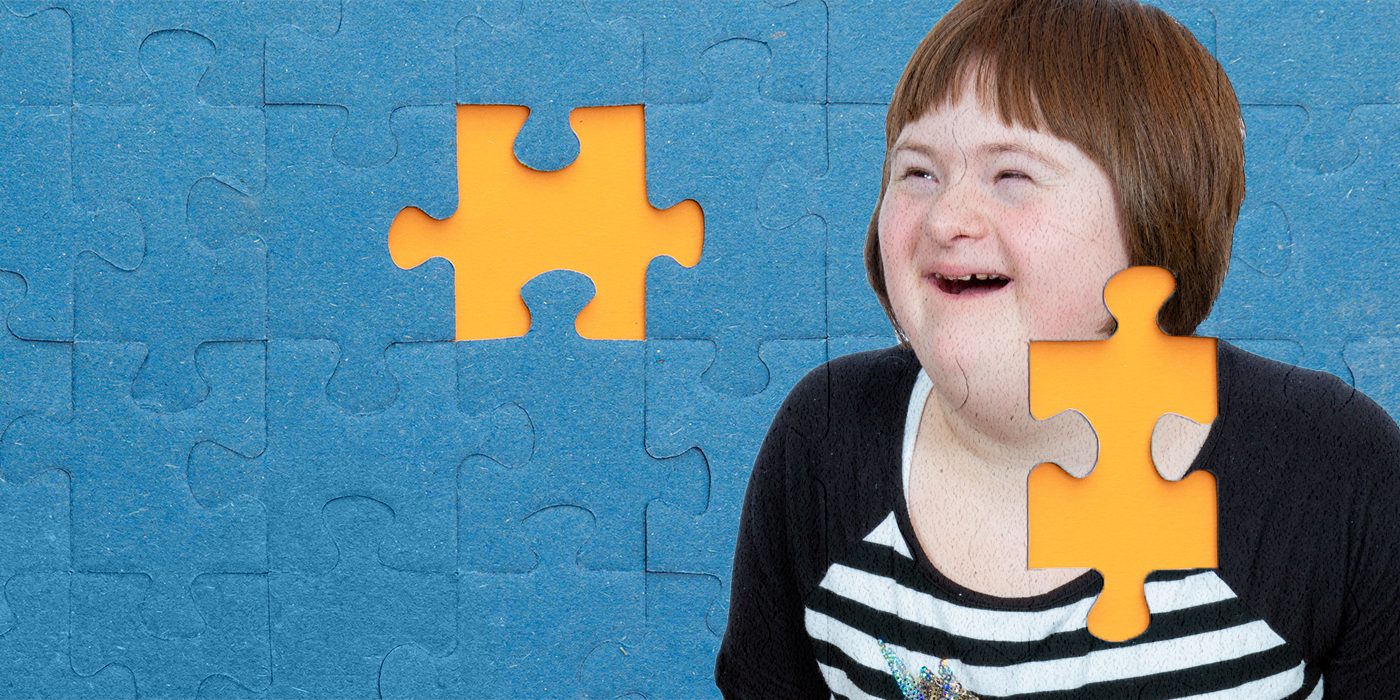The Role of Education And Learning in Sustaining Students with Autism: Best Practices
The Role of Education And Learning in Sustaining Students with Autism: Best Practices
Blog Article
Exploring Autism: Approaches for Efficient Interaction and Interaction
Effective communication and communication with individuals on the autism range require a comprehensive understanding of their one-of-a-kind needs and preferences. Approaches such as employing clear language, using visual assistances, and cultivating regular routines can considerably enhance engagement and minimize stress and anxiety. Acknowledging the significance of non-verbal signs and shared interests leads the means for significant connections. The ins and outs of these strategies disclose additional considerations that warrant exploration, specifically in exactly how they can be adjusted to private experiences and diverse contexts. What might these adjustments look like in method?
Comprehending Autism Range Problem
Autism Spectrum Condition (ASD) includes a variety of neurodevelopmental problems characterized by difficulties in social interaction, interaction, and repetitive actions. The term "range" mirrors the diverse symptoms and differing levels of extent experienced by people with ASD. While some might display considerable problems, others might present high-functioning qualities, allowing for greater independence in every day life.
The beginning of ASD generally occurs in early youth, with indicators often identifiable by age 2. Very early indications may consist of postponed speech development, minimal eye call, and difficulties in recognizing social cues. Although the precise etiology of ASD stays vague, research suggests a combination of environmental and genetic elements plays a critical role in its growth.
As a result, interventions and support tailored to individual requirements are important for promoting interaction and social abilities. Acknowledging the complexity of ASD is crucial for advertising recognition, acceptance, and efficient approaches that promote purposeful communications with people on the range.

Significance of Clear Communication
Efficient communication is important for fostering understanding and link, especially for individuals with Autism Range Problem (ASD) Clear communication not just assists in social communications however also enhances the person's capability to share their emotions, requirements, and thoughts. For people with ASD, the subtleties of language can commonly be challenging; therefore, using unambiguous and simple language is necessary.
Furthermore, clear interaction aids lower aggravation and anxiety that might occur from misconceptions. When messages are conveyed in a direct and regular fashion, individuals with ASD are much better equipped to translate info precisely, which can dramatically enhance their social involvement and engagement in different settings.
Establishing routines and using visual assistances can better reinforce clear interaction. These methods give individuals with predictable frameworks that aid comprehension and retention of details. Additionally, proactively being and listening individual throughout communications promotes a helpful atmosphere where people with ASD really feel valued and understood.
Inevitably, focusing on clear interaction not only encourages people with ASD but also fosters even more significant links with their peers, caregivers, and the larger community, leading the way for joint connections and comprehensive interactions. - learn this here now autism
Non-Verbal Interaction Strategies
Communication expands beyond words, and for individuals with Autism Spectrum Condition (ASD), non-verbal signs play a significant function in communications. Non-verbal interaction techniques can consist of face expressions, gestures, body movement, and eye get in touch with, all of which work as important parts for communicating intentions and emotions.
Comprehending and analyzing these non-verbal signals can boost communications with people with ASD. For example, a warm smile or open stance can produce a welcoming atmosphere, encouraging interaction. Likewise, using visual help-- such as picture cards or symbols-- can connect interaction voids and help share messages a lot more successfully.
It is likewise essential to be mindful of personal space, as people with ASD may have different convenience levels concerning distance. Observing their responses to physical closeness can educate suitable changes.

Producing Encouraging Atmospheres
Producing a helpful environment is essential for cultivating positive interactions and improving the wellness of individuals with Autism Range Disorder (ASD) Such settings can substantially decrease stress and anxiety and create a sense of safety and security, enabling individuals to share themselves much more openly.
To attain this, it is necessary to consider sensory level of sensitivities that people with ASD might experience. Changing the physical space to see here now include soft lights, very little background sound, and comfortable seats can produce a soothing ambience. Additionally, utilizing consistent regimens and clear aesthetic schedules can help individuals expect transitions and lower uncertainty, further promoting comfort.
Social areas should be structured to lessen overwhelming stimulations while offering chances for interaction in recommended activities. Assisting in areas marked for peaceful time can also offer as a haven during moments of stress. Significantly, including aspects of selection empowers individuals, allowing them to exercise company in their environment.

Encouraging Social Interactions
Promoting social communications amongst people with Autism Spectrum Problem (ASD) requires willful methods that prioritize convenience and engagement. Developing foreseeable routines can aid minimize anxiousness, making social settings more friendly. Creating structured atmospheres with specified duties and duties permits individuals to engage without the frustrating stress of unstructured social dynamics.
Incorporating interests and strengths into social tasks can work as a catalyst for interaction. As an example, arranging team activities around shared pastimes or subjects pop over to this site of attraction can facilitate natural discussions and connections. Additionally, utilizing visual assistances, such as social scripts or pictorial routines, can assist in comprehending social hints and expectations.
Modeling proper social habits is crucial - autism. Grownups and peers should demonstrate reliable interaction methods, consisting of energetic listening and turn-taking. Role-playing circumstances can also supply a risk-free space for people to practice these abilities
Lastly, fostering peer relationships with comprehensive practices is essential. Encouraging inclusive playdates or team getaways can create chances for socializing in a comfortable setup. By carrying out these teachers, caregivers and approaches can significantly enhance social communications for individuals with ASD, advertising their total social development and wellness.
Final Thought
In conclusion, reliable communication and interaction methods are crucial for supporting individuals with Autism Range Problem. Inevitably, these strategies empower individuals with autism to navigate social landscapes, promoting their overall well-being and enabling the development of enduring relationships.
Effective communication and communication with individuals on the autism spectrum demand a detailed understanding of their special needs and choices. Clear communication not just facilitates social communications yet also enhances the person's capability to share their requirements, emotions, and ideas.Promoting social communications amongst individuals with Autism Spectrum Problem (ASD) calls for intentional methods that prioritize convenience and engagement. By applying these strategies, instructors and caretakers can dramatically enhance social communications for people with ASD, advertising their general social development and wellness.
In conclusion, efficient communication and interaction approaches are important for sustaining individuals with Autism Range Condition.
Report this page